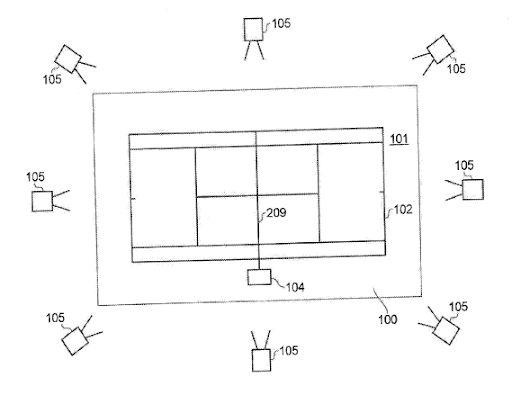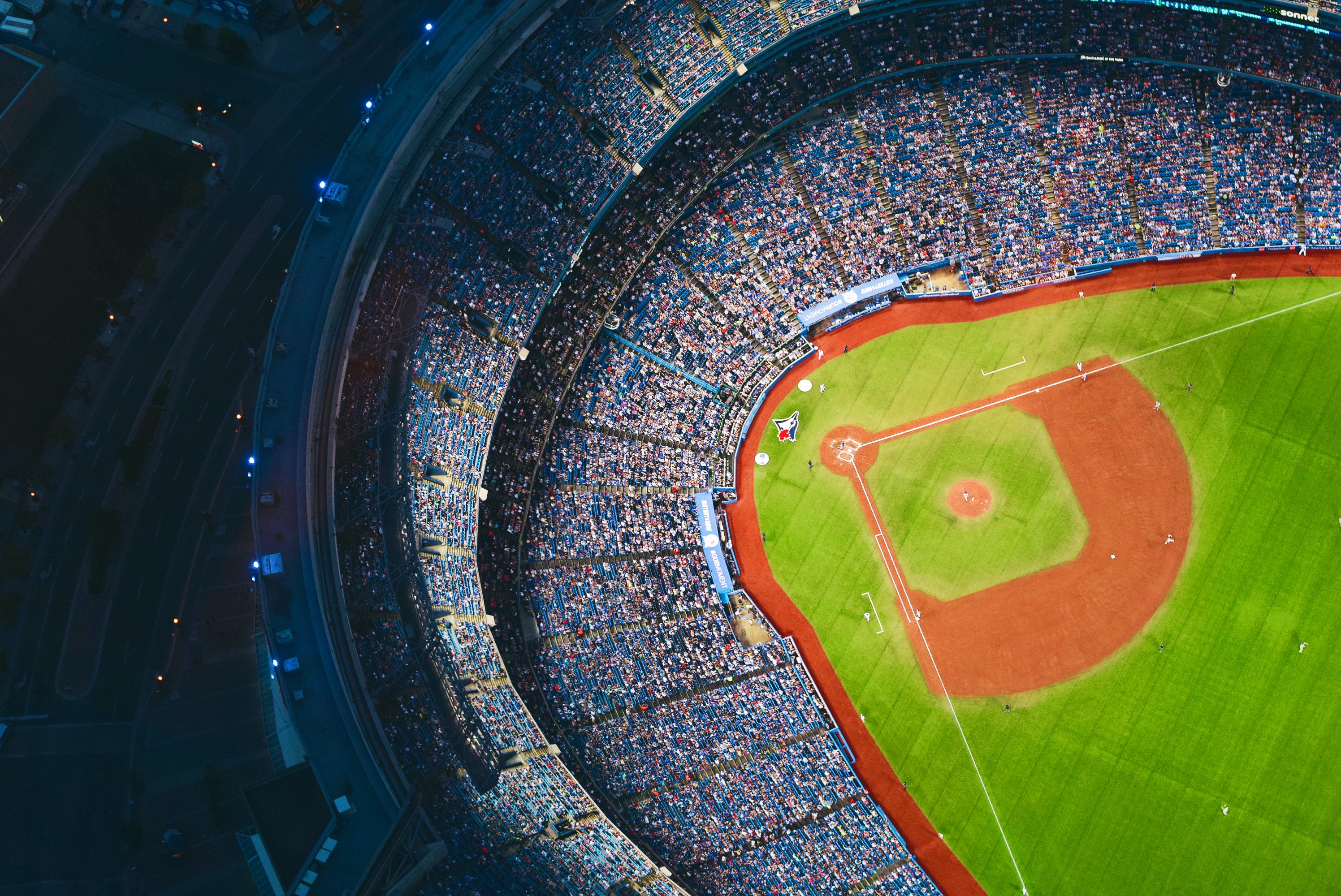Baseball stories are written in October. After a six-month regular season grind of 162 games, only ten teams enter the postseason with their tickets punched for a chance to shine on the sport’s biggest stage. Eventually, just as the autumn leaves turn and the air becomes crisp, two franchises survive and advance to the Fall Classic, the World Series.
Every moment of these playoffs is inspected, reviewed, and analyzed. Not only from the coaches, fans, and viewers at home but through the technology housed within the stadiums. Statcast, an innovation for the sport that has revolutionized how we understand and consume the game of baseball, has evolved even further now in its seventh season.
One of these recent innovations introduced from Hawk-Eye Innovations is called Pose Tracking.

Source: Found in the ktMINE Search App
The technology originated from the company’s instant replay and ball tracking systems used in professional tennis. Hawk-Eye innovation migrated the technology over to the baseball diamond.

Source: Found in the ktMINE Search App

Source: Found in the ktMINE Search App
This required all original Statcast cameras in each stadium to be upgraded from radar to more precise movement tracking. Instead of just recording the subject’s center of mass, Pose Tracking elevates data collection by including the subject’s extremities which can track explicit movements, including arm motions or swing paths. For the first time, data collection could analyze how a player utilizes their mechanics, such as how fast a catcher’s throwing reaction is to a base stealer, the sprint speed of position players, or list the most aggressive spin rates for pitchers.
The upgrades also improved the success rate of tracking batted balls in play. The original radar system implemented from 2015-2019 only was able to track 89% of balls in play. The imperfection here was mostly due to the ball leaving the camera’s field of view. Since the upgrades to Statcast, analysts have found the success rate to be around 99%, a major improvement. The reason for this is the system now can reacquire a ball that has left the system’s field of view temporarily. An example of this would be when a high pop-up or fly ball occurs beyond the tracking zones but gravity brings it back to view. The system can then calibrate the accuracy of the flight and landing of the ball within one foot across the field of play.
From a fan’s perspective, you can enjoy and analyze the data yourself either through Major League Baseball’s data collection products or watch an entire broadcast designated to providing live Statcast captured game data.




